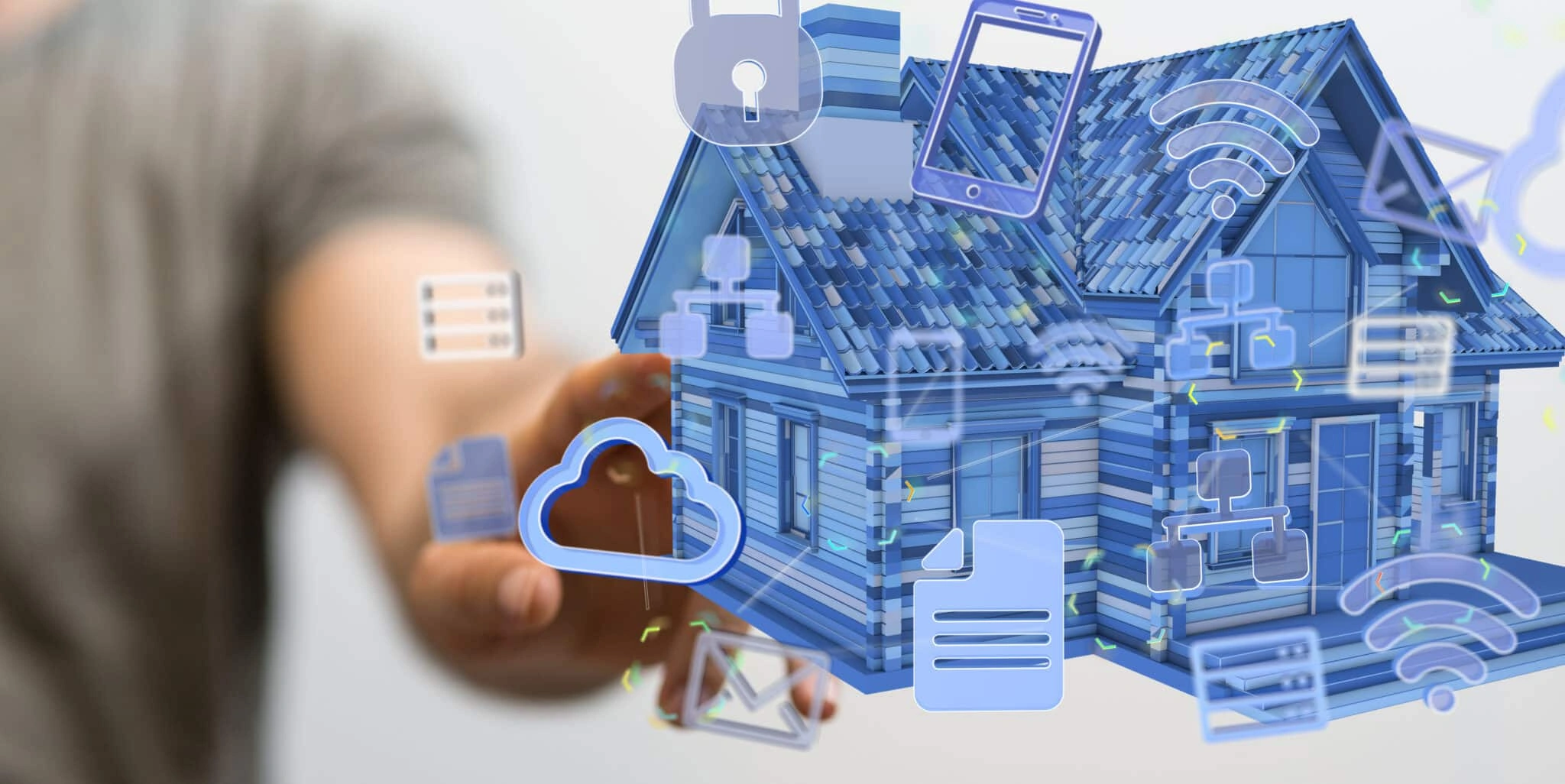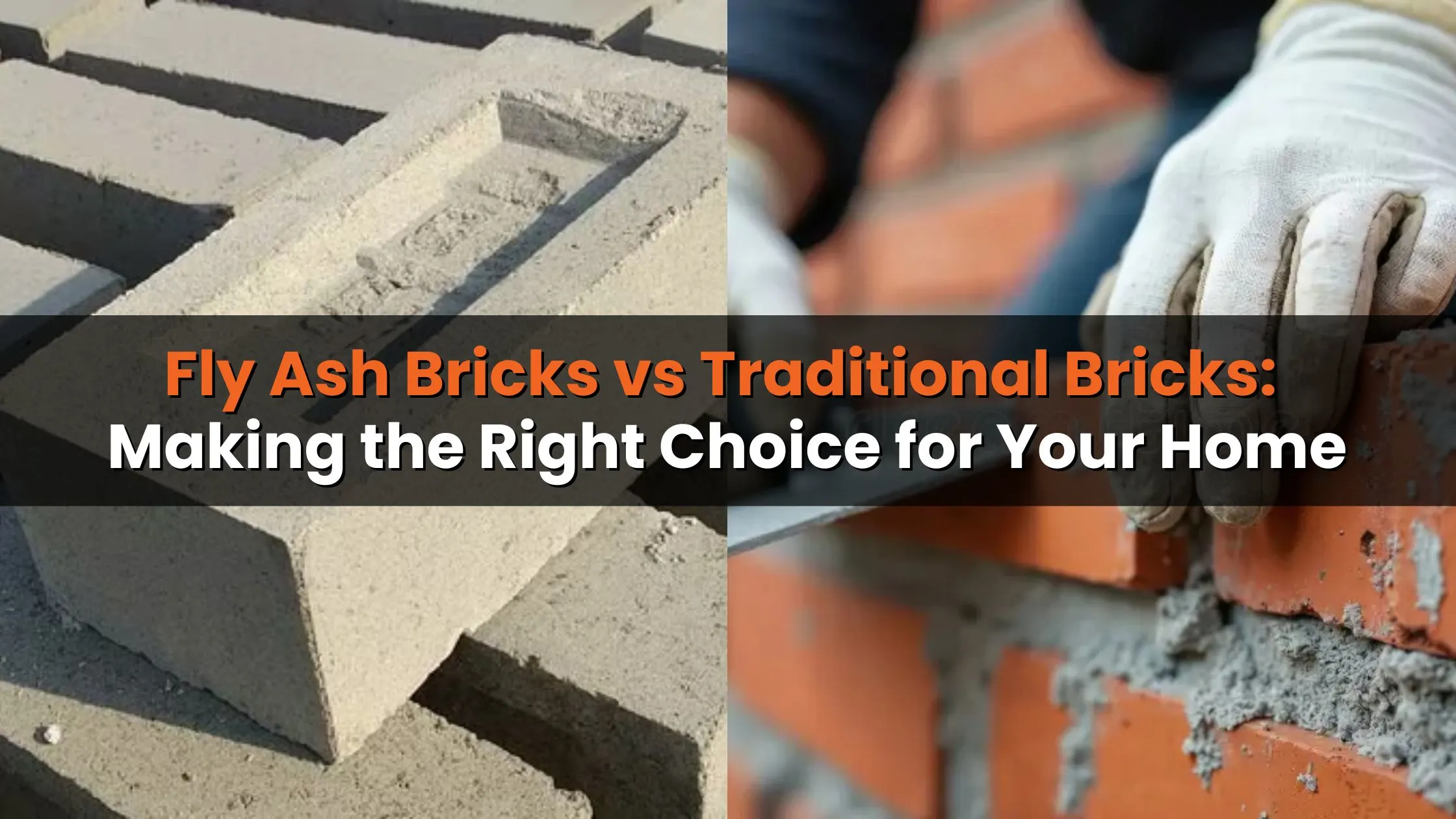Table of Content
Integrating smart home technologies into older buildings can enhance comfort, safety, and energy efficiency. In this article, we’ll explore affordable ways to upgrade your old Indian home with modern technologies, focusing on automated lighting, security systems, and energy-efficient appliances.
1. Introduction
With the rise of smart home technologies, upgrading older buildings can enhance living experiences without major renovations. This guide aims to provide practical, affordable options for integrating smart technology into old Indian homes, improving efficiency and comfort.
2. Understanding Smart Home Technology
2.1 What is Smart Home Technology?
Smart home technology refers to devices and systems that allow homeowners to control aspects of their homes remotely or automatically. This includes lighting, security, heating, and appliances connected to the internet.
2.2 Benefits of Smart Home Upgrades
- Convenience: Control devices remotely via smartphones or voice commands.
- Energy Efficiency: Smart devices help save energy, reducing utility bills.
- Security: Enhanced safety through smart locks and surveillance systems.
- Comfort: Customize settings for optimal living conditions.
3. Automated Lighting Solutions
3.1 Types of Smart Lighting
|
Type |
Description |
Example Devices |
|
Smart Bulbs |
Replace traditional bulbs; controlled via apps or voice. |
Philips Hue, Wyze Bulbs |
|
Smart Switches |
Replace existing switches to control multiple lights. |
Lutron Caseta, TP-Link |
|
Motion Sensors |
Automatically turn on lights when movement is detected. |
Philips Hue Motion Sensor |
3.2 Installation Tips for Older Homes
- Check Wiring: Ensure your electrical system can support smart devices.
- Use Adapters: If necessary, use adapters to connect smart bulbs with traditional sockets.
- Professional Help: Consider hiring an electrician for complex installations.
3.3 Cost-Effective Smart Lighting Options
- Smart Bulbs: Starting from ₹1,000 per bulb.
- Smart Switches: Priced around ₹2,000 - ₹4,000 each.
- DIY Kits: Kits for motion sensors can range from ₹2,500.
4. Smart Security Systems
4.1 Types of Smart Security Systems
|
Type |
Description |
Example Devices |
|
Smart Cameras |
Monitor your home remotely with live feeds. |
Ring, Xiaomi Mi Home Camera |
|
Smart Locks |
Keyless entry and remote locking/unlocking capabilities. |
August Smart Lock, Yale Assure |
|
Security Alarms |
Alert homeowners of unauthorized access or emergencies. |
Ring Alarm, Arlo Security System |
4.2 Key Features to Look For
- Remote Access: Ability to monitor and control from anywhere.
- Mobile Alerts: Instant notifications for suspicious activities.
- Integration: Works with other smart devices like lighting and voice assistants.
Also Read: What is the difference between renovation and maintenance?
4.3 Installation Guide
- Choose Locations: Identify strategic places for cameras and sensors.
- Connect to Wi-Fi: Ensure your devices are connected to a stable network.
- Download Apps: Set up and configure devices through their respective apps.
5. Energy-Efficient Appliances
5.1 Importance of Energy Efficiency
Upgrading to energy-efficient appliances can significantly reduce energy consumption, leading to lower bills and a reduced carbon footprint.
5.2 Smart Appliances to Consider
|
Appliance |
Benefits |
Example Models |
|
Smart Thermostats |
Optimizes heating/cooling based on usage patterns. |
Nest Learning Thermostat, Ecobee |
|
Smart Refrigerators |
Monitor contents and energy usage, often with built-in recipes. |
LG Smart Refrigerator |
|
Smart Washing Machines |
Control remotely and monitor energy usage, allowing for scheduling during off-peak hours. |
Samsung Smart Washer |
5.3 Cost vs. Savings Analysis
Investing in smart appliances may seem expensive initially, but they can save money over time through reduced energy bills.
- Initial Cost: Smart washing machine - ₹30,000; Smart refrigerator - ₹50,000.
- Savings: Can reduce energy costs by 20-30% annually.
6. Integrating Smart Technologies
6.1 Smart Home Hubs
A smart home hub connects various devices, allowing seamless control through a single interface. Popular options include:
- Amazon Echo Plus
- Google Nest Hub
6.2 Connectivity Options
- Wi-Fi: Most devices connect directly to your home Wi-Fi.
- Zigbee/Z-Wave: Some devices use these protocols for more reliable connectivity.
7. Challenges of Upgrading Old Homes
7.1 Structural Limitations
Older homes may have wiring or structural issues that limit installation options. It’s crucial to evaluate the current infrastructure before making upgrades.
7.2 Budget Considerations
- Set a Budget: Prioritize upgrades based on needs and affordability.
- Look for Deals: Consider seasonal sales or bundled offers for smart devices.
7.3 Aesthetic Concerns
Maintain the aesthetic appeal of older homes while integrating technology. Opt for devices that blend well with existing décor.
Conclusion
Upgrading an old home with smart technologies can greatly enhance comfort, security, and energy efficiency. With careful planning and budget management, you can enjoy the benefits of modern living without compromising the charm of your traditional home.
Integrating smart technologies into older Indian homes offers a practical solution for modernizing living spaces while enhancing convenience, safety, and energy efficiency. By following the guidelines in this article, homeowners can make informed decisions and enjoy the benefits of a smart home without the burden of high costs or extensive renovations.
Also Read: Top 10 Movers and Packers in India: Your Guide to Hassle-Free Relocation







_1767164061.webp)


Ans 1. While initial costs may seem high, smart home upgrades can lead to significant savings on energy bills over time.
Ans 2. Many smart devices come with easy installation guides. However, complex systems may require professional help.
Ans 3. Yes, most smart devices need a reliable internet connection for optimal performance.
Ans 4. Use strong passwords, enable two-factor authentication, and keep your software updated to enhance security.
Ans 5. Yes, most smart home devices can be controlled through mobile apps, allowing remote management.